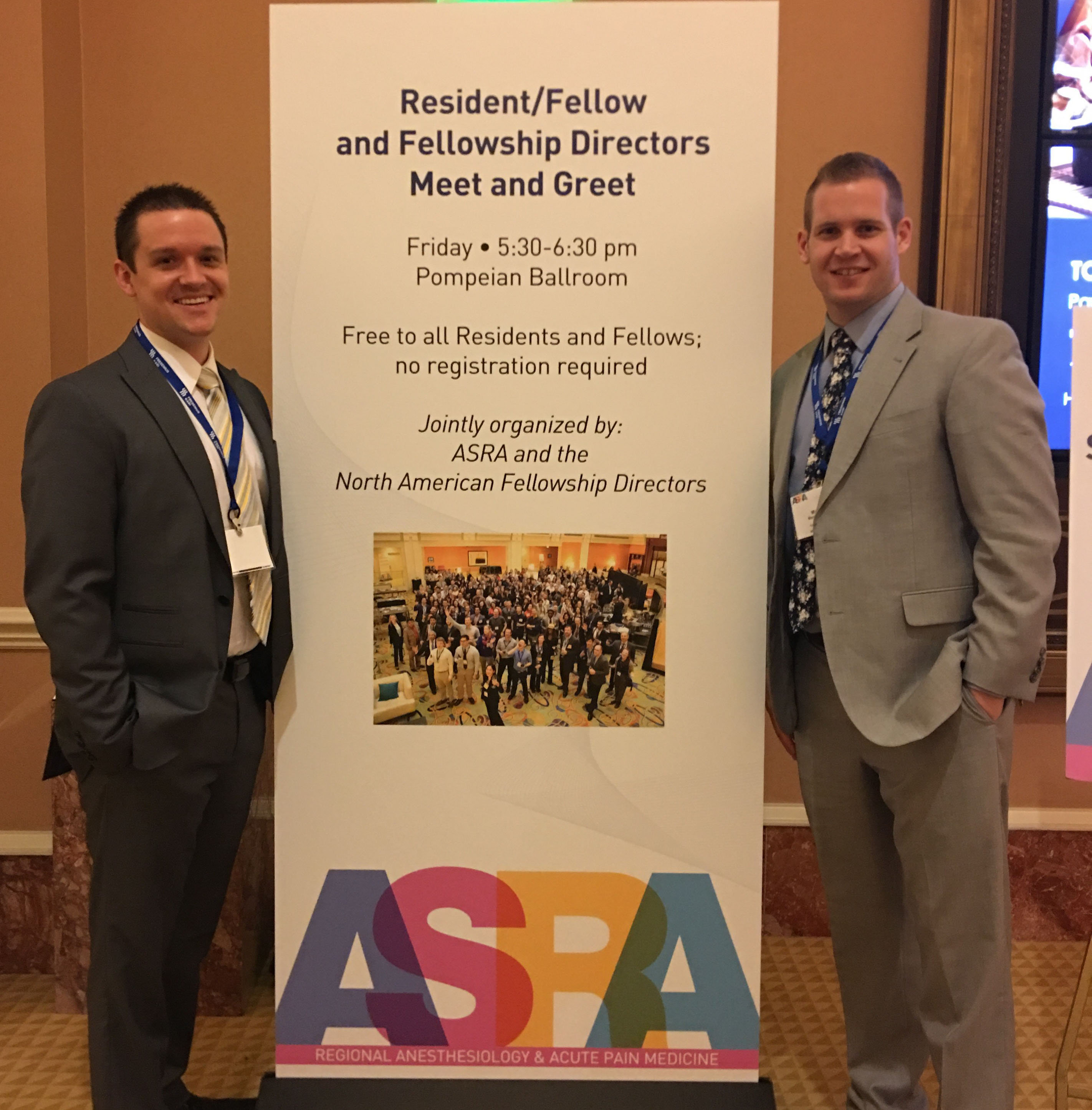
Published on June 14, 2019
A medical student completing his clinical rotations at Phelps Health in Rolla, Missouri, is among a group of healthcare and educational professionals who helped develop 3D-printed models to assist individuals with mastering various injection techniques.
Zach Headman is a fourth-year medical student at A.T. Still University’s Kirksville College of Osteopathic Medicine (ATSU-KCOM), in Kirksville, Missouri.
Several ATSU-KCOM medical students, like Headman, complete clinical rotations at Phelps Health through a partnership with the Mid-Missouri Area Health Education Center (Mid-MO AHEC). Mid-MO AHEC, which is part of a statewide network, helps connect students to healthcare careers, healthcare professionals to communities and communities to better health.
Headman and another fourth-year ATSU-KCOM medical student, Marcus Matson, were awarded a $5,000 grant from ATSU's SparkTank teaching and learning grant challenge to create lifelike 3D-printed ballistic gel models for medical students, interns and residents to practice injection skills for procedures used in anesthesiology, pain medicine and other medical specialties.
“Our goal was to make a model that would allow individuals to practice performing spinal, cervical, pelvic and lumbar injections,” Headman says.
Headman and Matson, along with physicians and ATSU-KCOM faculty and staff, collaborated with the University and the Department of Surgery at Northeast Regional Medical Center in Kirksville, Missouri, on developing these models and having medical students and residents use them for training purposes.
Their findings “suggested the 3D-printed models provided realistic training for various injection procedures and may serve as a cost-saving alternative to commercial trainers… Further, both models seemed to allow the participants to quickly master the new injection techniques, which would potentially improve future patient care.”
When creating the 3D-printed models, “we wanted the models be reusable, as well as clear and transparent, so trainees could see what they were doing,” Headman says.
A poster of the collaborators’ work and findings was shown at an American Society of Regional Anesthesia and Pain Medicine (ASRA) conference earlier this year.
The poster titled, “Developing Neuraxial and Regional Pain Procedure Skills Through Innovative Technology Using 3D Printed Models,” was presented at the 44th Annual Regional Anesthesiology and Acute Pain Medicine Meeting held April 11-13, 2019, in Las Vegas, Nevada.
According to Headman, a patent is pending for the process to create the 3D-printed ballistic gel training models.
About Phelps Health
Phelps Health serves over 200,000 residents in south-central Missouri. Phelps Health is county-owned, non-tax supported and is overseen by a five-member elected board. Phelps Health employs more than 1,800 people, including 100-plus providers. Phelps Health, which includes a hospital licensed for 240 patient beds, serves a six-county area, with its main campus and several clinics located in Rolla, Missouri. Phelps Health also has clinics in Salem, St. James, Vienna and Waynesville, Missouri.
About Mid-Missouri Area Health Education Center (Mid-MO AHEC)
Mid-Missouri Area Health Education Center (Mid-MO AHEC) is part of a federal, state and local network dedicated to improving the health of individuals and communities by transforming healthcare through education. Phelps Health, in Rolla, Missouri, hosts Mid-MO AHEC, which serves 23 counties in central Missouri. Mid-MO AHEC is part of the statewide network, Missouri Area Health Education Center (MAHEC), which is part of a national network of program offices and regional centers known as the National AHEC Organization (NAO).